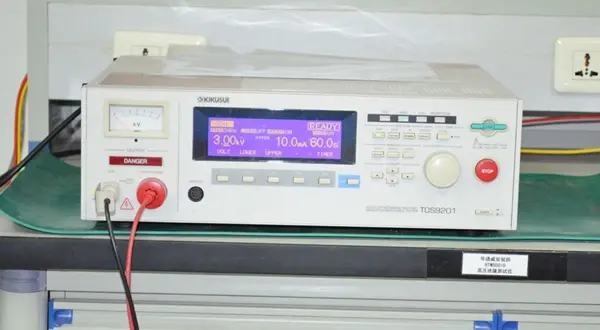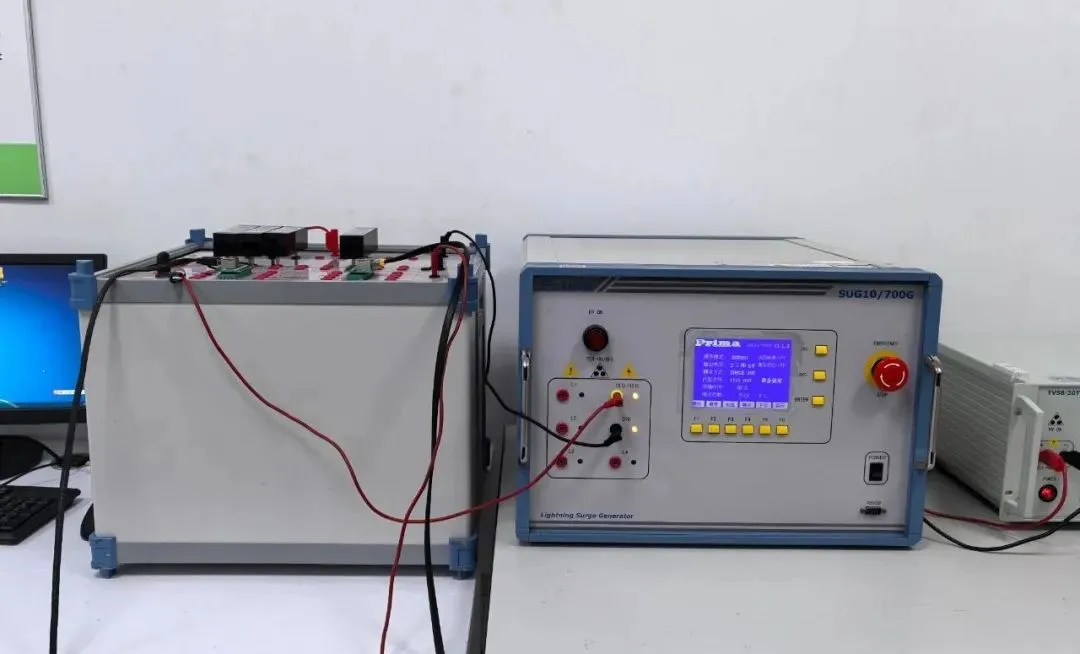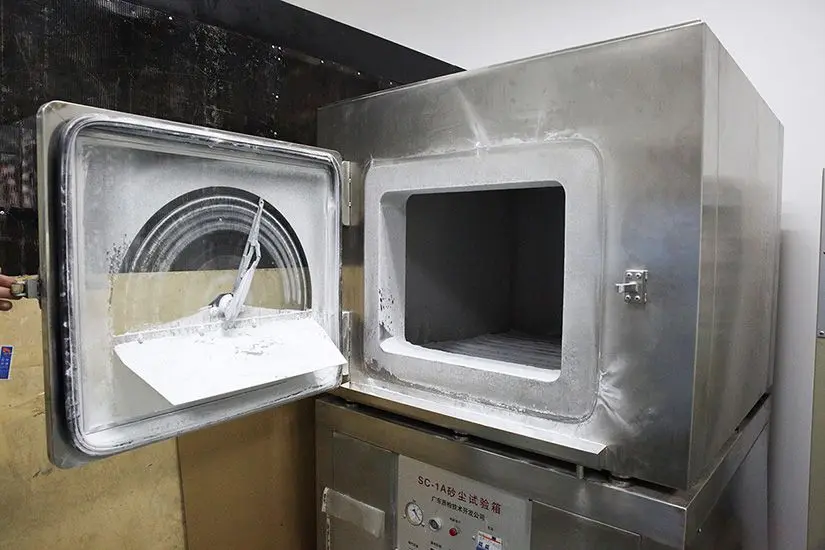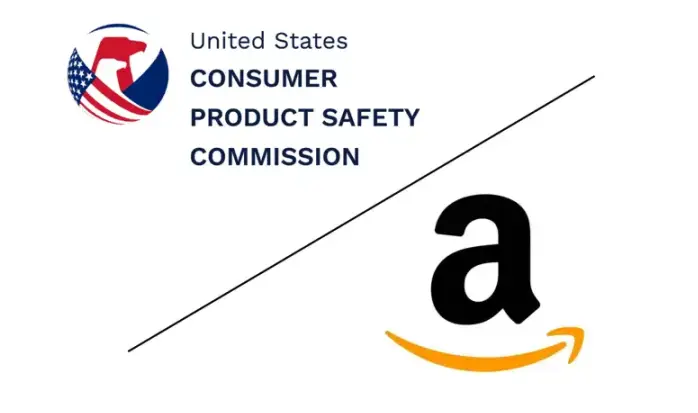
Energy Storage Cabinet CE Certification
The CE certification for energy storage cabinets requires compliance with mULtiple directives and standards to ensure the product meets the safety and environmental requirements of the European Union market. Below are the main directives and standards involved in the CE certification of energy storage cabinets.
Relevant Directives for Energy Storage Cabinet CE Certification
Pressure Equipment Directive (PED 2014/68/EU)
Since May 28, 2002, products classified as pressure equipment sold in the EU must undergo CE certification and comply with the Pressure Equipment Directive (PED) 97/23/EC. The updated directive 2014/68/EU has been mandatory since July 2016. Any equipment with a design pressure exceeding 0.5 bar (such as fire extinguishers, pressure gauges, valves, safety valves, air tanks, tower tanks, pipelines, steam equipment, etc.) must comply with the PED regulations.
Relevant Directives for Energy Storage Inverter CE Certification
low voltage directive (LVD)
Ensures the safety of electrical equipment operating under low voltage. Relevant testing standards include:
- en 60950-1: Safety requirements for information technology equipment.
- EN 62040-1: General and safety requirements for uninterruptible power supplies (UPS).
Electromagnetic Compatibility Directive (EMC)
Ensures that electrical equipment works properly in an electromagnetic environment without causing interference. Relevant standards include:
- en 61000-6-2: Electromagnetic compatibility for industrial environments - Immunity standard.
- EN 61000-6-4: Electromagnetic compatibility for industrial environments - Emission standard.
Machinery Directive (MD)
If the energy storage inverter is integrated with mechanical components, the safety of the mechanical parts must be ensuRED.
CE Certification Standards for Emergency Power and Energy Storage Systems
EN 62133
This standard applies to portable sealed secondary batteries and battery packs containing alkaline or non-acidic electrolytes. Main test items include:
- Cell tests: Continuous low-rate charging, vibration, temperature cycling, external short circuit, free fall, impact, thermal misuse, crushing, low-pressure, overcharging, etc.
- Battery tests: Vibration, shell stress at high temperatures, temperature cycling, external short circuit, free fall, impact, overcharging, etc.
In addition, home appliance standards such as EN55014-1, EN55014-2, en60335, and en61000 may also be used for CE certification testing of energy storage equipment.
Key Requirements for Energy Storage Cabinet CE Certification
The ce certification process for energy storage cabinets is relatively complex and depends on the specific characteristics and intended use of the product. Below are the key considerations:
- Pressure Equipment Directive (PED): Applicable to energy storage cabinet components with a design pressure exceeding 0.5 bar, requiring compliance with safety regulations for pressure equipment.
- Low Voltage Directive (LVD): Ensures the electrical parts meet low voltage safety standards, particularly the low-voltage ride-through capability of energy storage inverters.
- Electromagnetic Compatibility Directive (EMC): Ensures that energy storage equipment operates correctly in an electromagnetic environment and does not cause interference with the power grid or other devices.
- Machinery Directive (MD): If the energy storage cabinet includes mechanical components, it must meet the safety requirements of the Machinery Directive.
The CE certification of energy storage cabinets involves multiple directives and standards, including the Pressure Equipment Directive, Low Voltage Directive, and Machinery Directive, among others. Companies seeking certification should thoroughly understand each standard to ensure their products meet the safety requirements of the EU market, enabling smooth market entry while ensuring product quality and safety.
Email:hello@jjrlab.com
Write your message here and send it to us
 How to get EN 62368-1 Test Report
How to get EN 62368-1 Test Report
 EN 300 328 Bluetooth Test Report
EN 300 328 Bluetooth Test Report
 How to get the EN 300328 Test Report?
How to get the EN 300328 Test Report?
 In-depth Interpretation of SAA Certification Q&
In-depth Interpretation of SAA Certification Q&
 Differences Between EN71 and CPC for Children's To
Differences Between EN71 and CPC for Children's To
 IP56/IP67/IP68 Waterproof and Dustproof Rating Tes
IP56/IP67/IP68 Waterproof and Dustproof Rating Tes
 CPC Certification Requirements
CPC Certification Requirements
 Amazon Electric Kettle Certification UL1082 Test
Amazon Electric Kettle Certification UL1082 Test
Leave us a message
24-hour online customer service at any time to respond, so that you worry!




